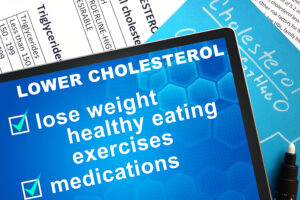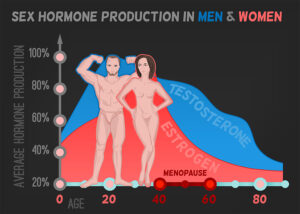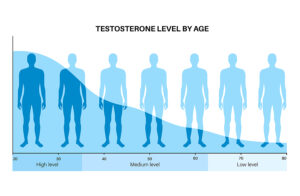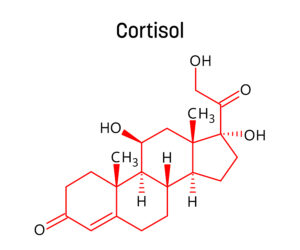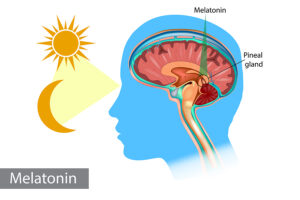Most people know about statins to treat high cholesterol, but they do not have vital information about cholesterol drugs. Recently an article appeared in CNN, which was very informative. In the following I will review what is new about cholesterol lowering drugs.
PCSK9 inhibitors, which are monoclonal antibodies
Sarah Lewis is a pharmacist and medical writer with over 25 years of experience in various areas of pharmacy practice. She explained that there are injectable cholesterol lowering drugs for use when traditional statins are not powerful enough to lower cholesterol levels. But these injectable drugs are very expensive and payment agencies demand fulfillment of strict criteria before they approve these drugs. The new injectable drug, which the FDA approved in 2015 is an PCSK9 inhibitor. It has the name alirocumab (Praluent) and is a monoclonal antibody. PCSK9 is a natural liver protein that regulates how many LDL receptors you have. Alirocumab reduces LDL receptors, which lowers LDL cholesterol levels. Several months later the FDA approved a second PCSK9 inhibitor, evolocumab (brand name: Repatha).
Side effects of statins and PCSK9 inhibitors
Statins are the gold standard for treating high cholesterol. They work by inhibiting an enzyme that controls how much cholesterol your body makes. But many people have significant side-effects from statins.
There can be side effects in the form of muscle pain. But statins can also cause headaches or dizziness. Others are feeling sick from statins, get unusually tired or develop a physical weakness.
These people often must lower their dose. Alternatively, their doctor switches them to a different statin in order to carry on therapy. PCSK9 inhibitors have none of these side-effects. The main side effect of PCSK9 inhibitors are injection site reactions, flu-like symptoms, and allergic reactions. They can be severe. Overall, there is a better tolerability of PCSK9 inhibitors than with statins. Unfortunately, the cost is around $12,000 to $14,000 per year for PCSK9 inhibitor therapy, which is very difficult to justify. Another disadvantage is that the patient has to self-inject the PCSK9 inhibitor.
PCSK9 inhibitors are added in specific patients
Because of the costs of PCSK9 inhibitor statins are still the first line of therapy in patients with high cholesterol. But there are patients who have familial hypercholesterolemia, which is an inherited condition. The physician treats them first with statins such as atorvastatin (Lipitor) or rosuvastatin (Crestor). The physician pushes the dosage to the maximal dosage. Often in these cases of inherited high cholesterol the new PCSK9 inhibitor drugs have to be added as a second line of therapy.
Patients with hardening of the arteries and a history of a heart attack or a stroke need aggressive cholesterol lowering treatment. These patients require both PCSK9 inhibitors and statin therapy.
Rigid rules from insurance companies
Because of the expense of PCSK9 inhibitors insurance companies have established the following rules.
- You have to have either familial hypercholesterolemia or a history of a heart attack or stroke.
- You must see a dietician for comprehensive dietary counseling.
- You are on the maximum dose of a statin or you can tolerate only a lower dose of a statin because of side effects.
Only when these criteria are fulfilled does the insurance company consider to authorize an addition of a PCSK9 inhibitor to the statin treatment.
Conclusion
Traditional statin therapy for high cholesterol levels is the gold standard for treating high cholesterol. Statins work by inhibiting an enzyme that controls how much cholesterol your body makes. Unfortunately, statins can have a number of side effects like muscle cramps and fatigue. A new type of cholesterol lowering drug was authorized by the FDA in 2015. This new drug has the name alirocumab (Praluent) and is a monoclonal antibody. PCSK9 is a natural liver protein that regulates how many LDL receptors you have. Alirocumab reduces LDL receptors, which lowers LDL cholesterol levels. It has much less side effects than the statins, but costs are around $12,000 to $14,000 per year, which is very difficult to justify.
How physicians prescribe the new drugs
The new PCSK9 inhibitor drugs are prescribed as an add-on to statin therapy to lower cholesterol. Physicians prescribe this to patients who have a familial hypercholesterolemia and to patients who had a heart attack or a stroke. One inconvenience of these new cholesterol lowering agents is that the patient has to inject it rather than take it as a tablet by mouth. Studies showed that PCSK9 inhibitors have a favorable cholesterol lowering effect. Alirocumab (Praluent) lowered cholesterol between 36 to 59%. The newer evolocumab (Repatha), lowered LDL by 60%. Both drugs showed a risk reduction of cardiovascular events by 50%, which helps long-term survival of patients with cardiovascular disease. PCSK9 inhibitor drugs are powerful cholesterol lowering agents. However, at the present time the cost of this treatment is too expensive.
